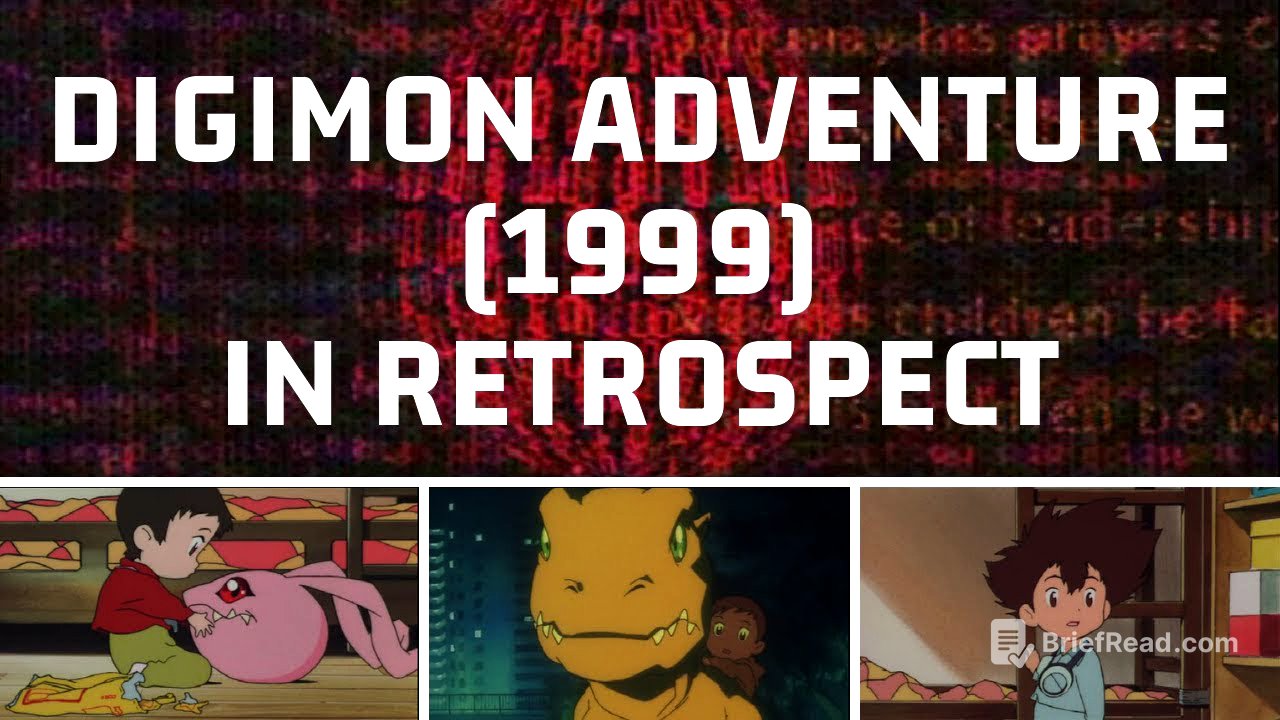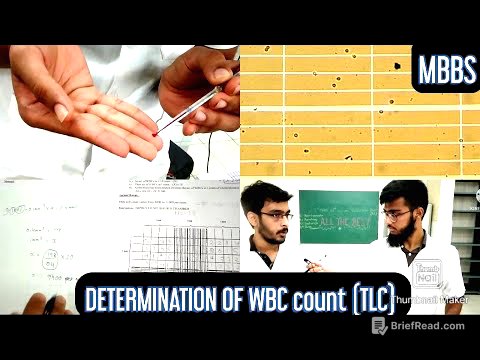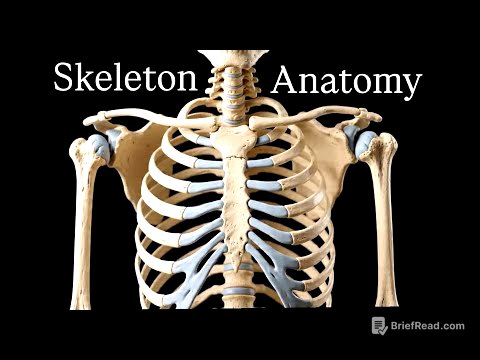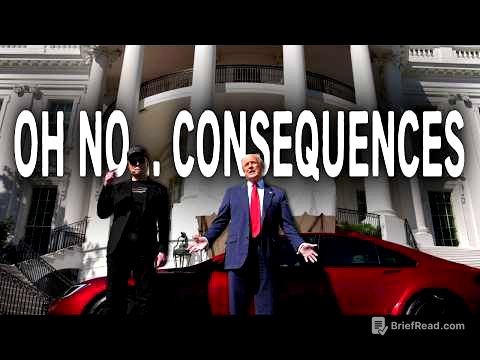TLDR;
This video explores Digimon Adventure as a modern myth that reflects the anxieties and fascinations surrounding the rise of the digital age. It draws parallels between Digimon Adventure and C.S. Lewis's "The Lion, the Witch, and the Wardrobe," highlighting common themes of children entering a fantasy world and confronting tyranny. The video also examines the 1999 Digimon Adventure movie, analyzing its disjointed narrative, symbolic elements, and its role as a precursor to the television series.
- Digimon Adventure transcends its commercial origins to become a modern myth.
- The series reflects the anxieties and fascinations surrounding the rise of the digital age.
- The 1999 movie, while disjointed, introduces key themes and characters.
Introduction: Digimon Adventure as a Modern Myth [0:00]
Digimon Adventure, despite its appearance as a simple marketing franchise, is a complex story that creates a modern myth. Produced during the rise of the World Wide Web in the late 1990s, it captures the public's imagination about the implications of this new technology, similar to how "The Matrix" did. While appealing to children, the writers crafted a narrative that transcends its commercial purpose.
Comparison to "The Lion, the Witch, and the Wardrobe" [1:09]
Digimon Adventure shares similarities with C.S. Lewis's "The Lion, the Witch, and the Wardrobe," both stories involve children transported to a fantasy land where they mature and liberate the inhabitants from tyranny. The Pevensie children grew up during the Atomic Age and World War II, while the Digimon Adventure children grew up at the dawn of the digital revolution. Unlike the Pevensie children, who volunteered to fight, the Digimon Adventure children are drawn into an existing conflict, with some tempted to return to their former lives.
The 1999 Digimon Adventure Movie: A Disjointed Pilot [3:24]
The 1999 Digimon Adventure movie serves as a pilot episode, though not essential to understanding the television show. Episodes 29 and 45 reference the film's events. The movie is disjointed because it was created before the television show was planned. The film opens with Taichi Yagami narrating about meeting a Digimon four years prior, but the children conveniently forget these events in the television show.
Opening Scene Analysis: Binary Code and Psalm 109 [5:26]
The movie begins with Hikari drawn to a strange signal on their computer, displaying red binary code and lines from Psalm 109. The inclusion of this sacred text suggests deeper meanings, potentially related to themes explored in Digimon Tamers, where Digimon are artificial life-forms seeking revenge for humanity's sins. The presence of the Bible implies a divine element, suggesting that God is in the details.
The Hatching of Botamon and Koromon's Evolution [7:42]
Taichi and Hikari are intrigued rather than frightened by the anomaly on their computer. The binary code transforms into an egg, which hatches into Botamon. Hikari feeds Botamon, causing it to evolve into Koromon. The monsters in Digimon Adventure can speak, possibly due to their connection to a vast information network.
Koromon Evolves into Agumon: Chaos and Destruction [11:39]
Koromon evolves into the reptile Agumon, causing chaos in Taichi and Hikari's home. Their father, in a drunken stupor, adds levity to the situation. This Agumon is larger and more menacing than the one in the television show, acting more like an animal. Agumon wanders the streets, causing damage and attempting to attack vehicles with its fiery breath.
The Appearance of Parrotmon and Greymon's Battle [12:50]
An egg-shaped anomaly appears in the sky, from which Parrotmon emerges. Agumon attacks Parrotmon, who retaliates with a lightning bolt. The infrastructure collapses, seemingly crushing Taichi, Hikari, and Agumon. Agumon evolves into the towering dragon Greymon, who shields the children from the rubble. Greymon engages Parrotmon in combat, with children from the neighborhood watching and rooting for Greymon.
Greymon's Victory and Taichi's Narration [14:17]
Greymon injures Parrotmon but is struck by another lightning bolt and falls motionless. Taichi blows Hikari's whistle, reawakening Greymon, who engulfs Parrotmon in flames. Both Digimon vanish. Taichi narrates that the meeting was too short and that they should not have met in their world, ending with "that's why I'm here now."
Conclusion: Disjointedness and the English Dub [14:54]
Taichi's narration is cryptic, leaving the meaning of "here" ambiguous. The film's disjointedness raises questions about whether Digimon Adventure was originally intended to portray Digimon as savage creatures. The English dub by Saban Entertainment adds humor, which may not appeal to all audiences. The original Japanese version maintains a more serious tone. The video encourages viewers to introduce Digimon Adventure by emphasizing its historical context and its role as a modern myth reflecting the digital revolution, as well as its connections to C.S. Lewis's work.









